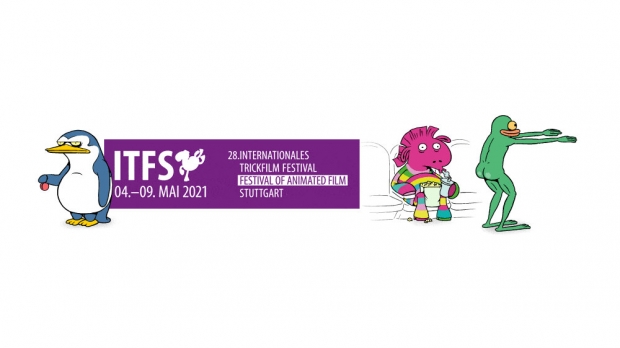Horizon Workrooms is now open for collaboration, built for teams to feel like they’re together despite being apart. The tools we currently have serve people to a certain degree, but we’ve lost the ability to be creative and connected, a gap we believe Workrooms can bridge. pic.twitter.com/TOSyiinKOl
Workrooms is available for free in open beta. For more information, read Facebook’s introductory blog post.
So says Facebook Reality Labs chief Andrew “Boz” Bosworth — or rather his animated avatar — of remote working, which the pandemic has imposed on his and so many other companies. Bosworth is talking inside Horizon Workrooms, Facebook’s stab at making remote workers more creative.
Yet the avatars are cartoonish in design. Outright realism is plainly not the goal here, although it isn’t quite clear what is. Users don’t have to make their avatars look like themselves, and they can give their virtual space the kind of pretty mountain backdrop most office workers could only dream of in real life. Stylization and outright fantasy have purpose in entertainment. But when it comes to sustaining the delicate social dynamics of the workplace, aren’t they just a hindrance?
Workrooms is a vr app that hosts virtual meeting spaces for distributed work teams. Colleagues can convene in a “room” to sit at a table, chat, scribble on whiteboards, and otherwise approximate the experience of actually being together in the office. All they need is an Oculus Quest 2 headset (Oculus is owned by Facebook).
Once inside, they appear as their cartoon incarnation, whose looks can be heavily customized. The avatars are animated in real time. Up to 16 avatars can be present in a room, which grows or shrinks in line with the number of people present. (Users’ computers are integrated into the virtual space. Those without a vr headset can tune in via video call, in which case they appear, as themselves, on a screen in the virtual room.) — Boz (@boztank) August 19, 2021
Simulating office social life stimulates the creative juices, says Facebook. But does Workrooms work as a simulation? The avatar’s body, down to its fingers and mouth, moves in line with the user’s gestures and speech (although it has no legs). But do you really feel like you’re there with your colleagues?
Facebook touts the nuances of its avatar movement, microexpressions and all. Glitches notwithstanding, some Workrooms users have praised the animation: “Who else has cheek movement?” asks Forbes’s Charlie Fink of rival apps.
“Collaboration has actually been okay. Creativity has suffered.”
This is far from the first time Facebook (or others) have tried to develop vr as a social medium. The tech giant has had a few false starts — Oculus Rooms, Facebook Spaces — and is currently developing a new social platform, Horizon (which Workrooms is linked to). Workrooms differs in that it targets the office. This seems all the more relevant now that remote working is normalized, although Facebook began work on the app before the pandemic.





